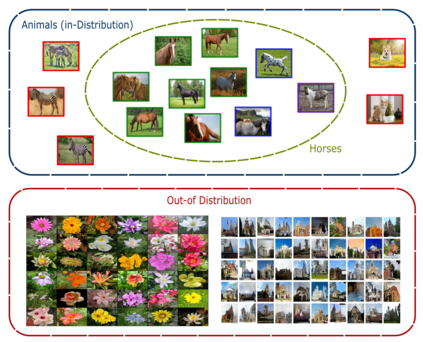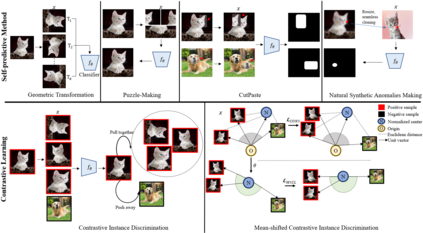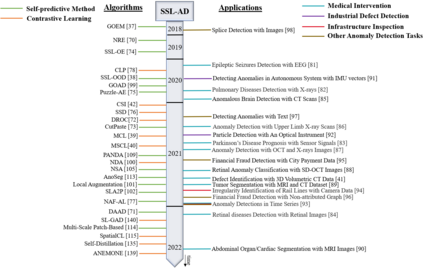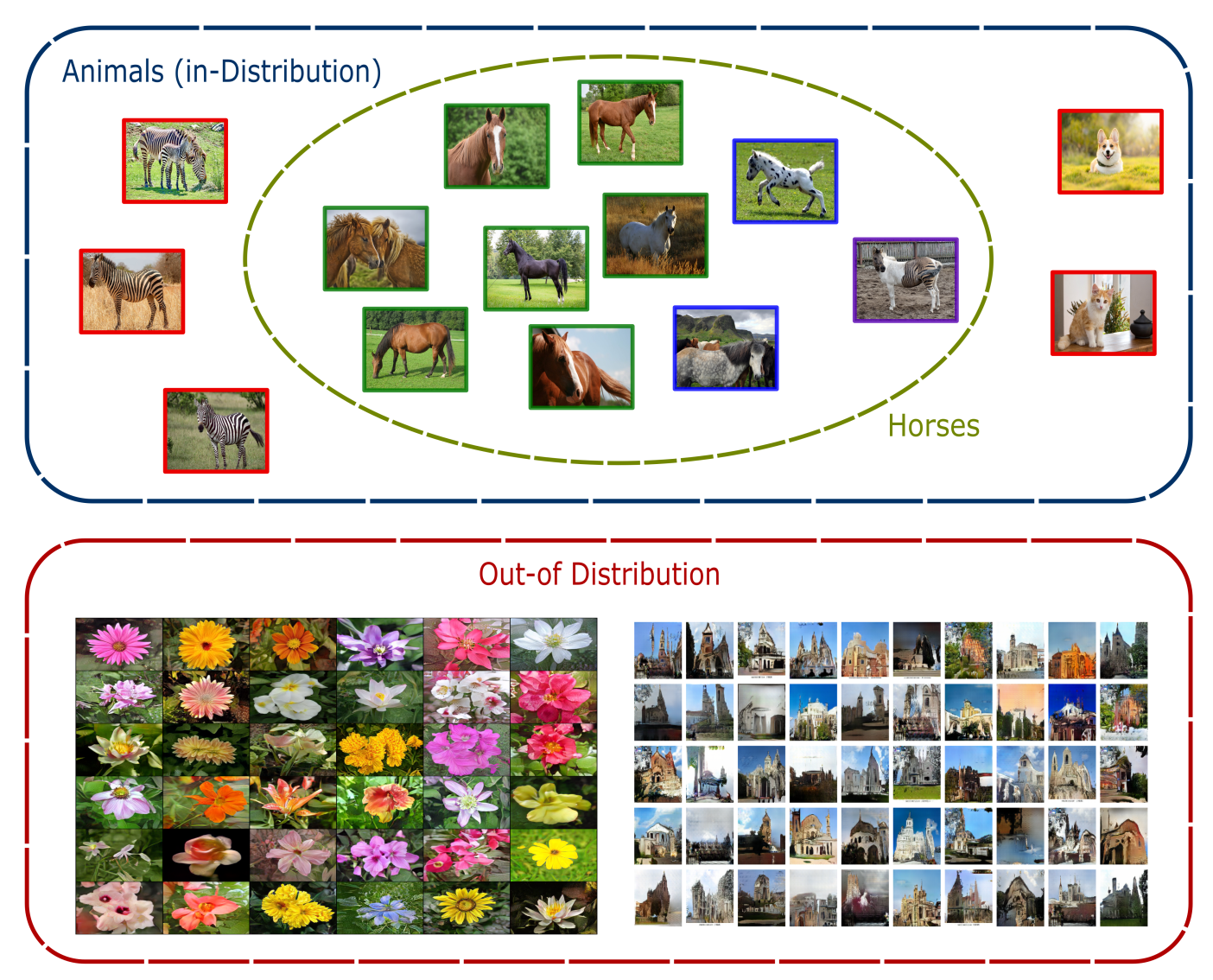Over the past few years, anomaly detection, a subfield of machine learning that is mainly concerned with the detection of rare events, witnessed an immense improvement following the unprecedented growth of deep learning models. Recently, the emergence of self-supervised learning has sparked the development of new anomaly detection algorithms that surpassed state-of-the-art accuracy by a significant margin. This paper aims to review the current approaches in self-supervised anomaly detection. We present technical details of the common approaches and discuss their strengths and drawbacks. We also compare the performance of these models against each other and other state-of-the-art anomaly detection models. Finally, we discuss a variety of new directions for improving the existing algorithms.
翻译:过去几年来,异常点探测是机器学习的一个子领域,主要与发现罕见事件有关,随着深层学习模式的空前增长,异常点探测出现了巨大的改进。最近,自我监督学习的出现引发了新的异常点检测算法的发展,大大超过了最新精确度。本文旨在审查目前自我监督异常点探测的方法。我们介绍了共同方法的技术细节,并讨论了其优点和缺点。我们还比较了这些模型与其他最先进的异常点检测模型的性能。最后,我们讨论了改进现有算法的各种新方向。








